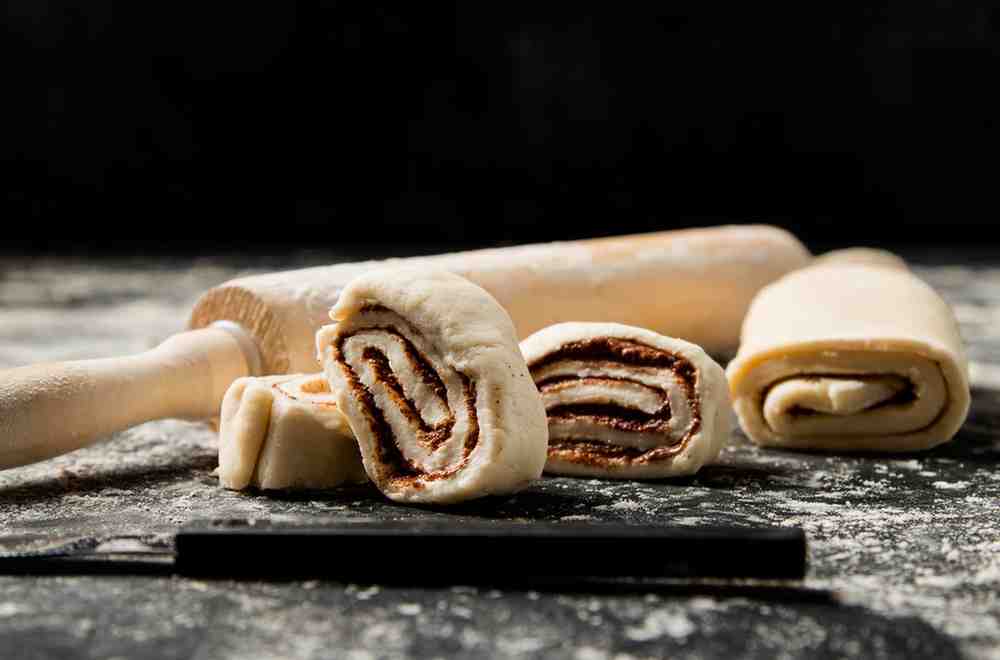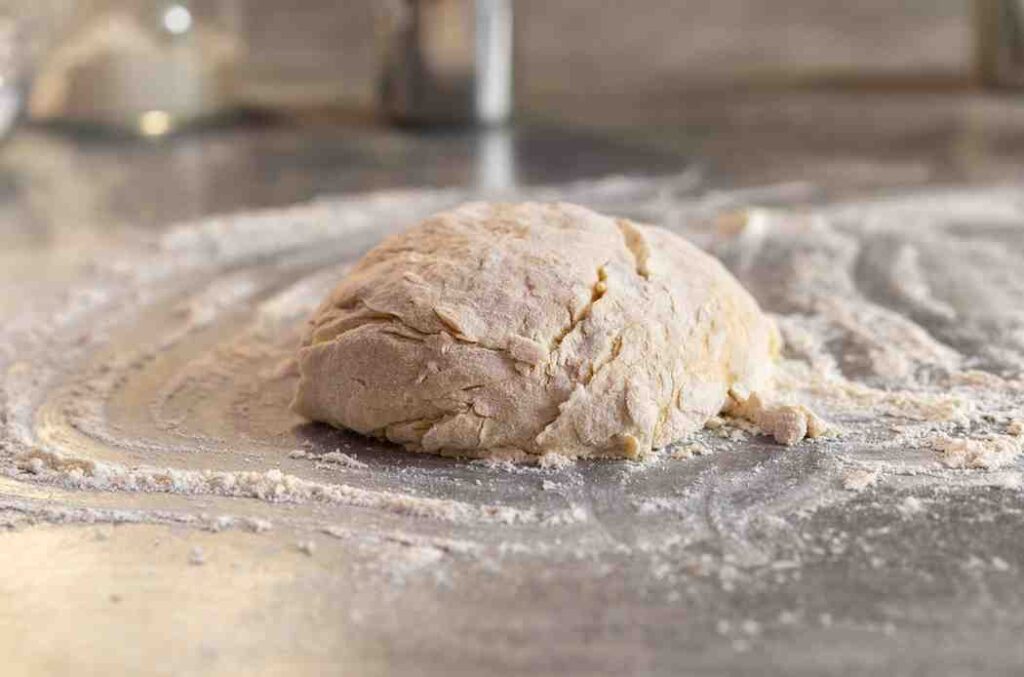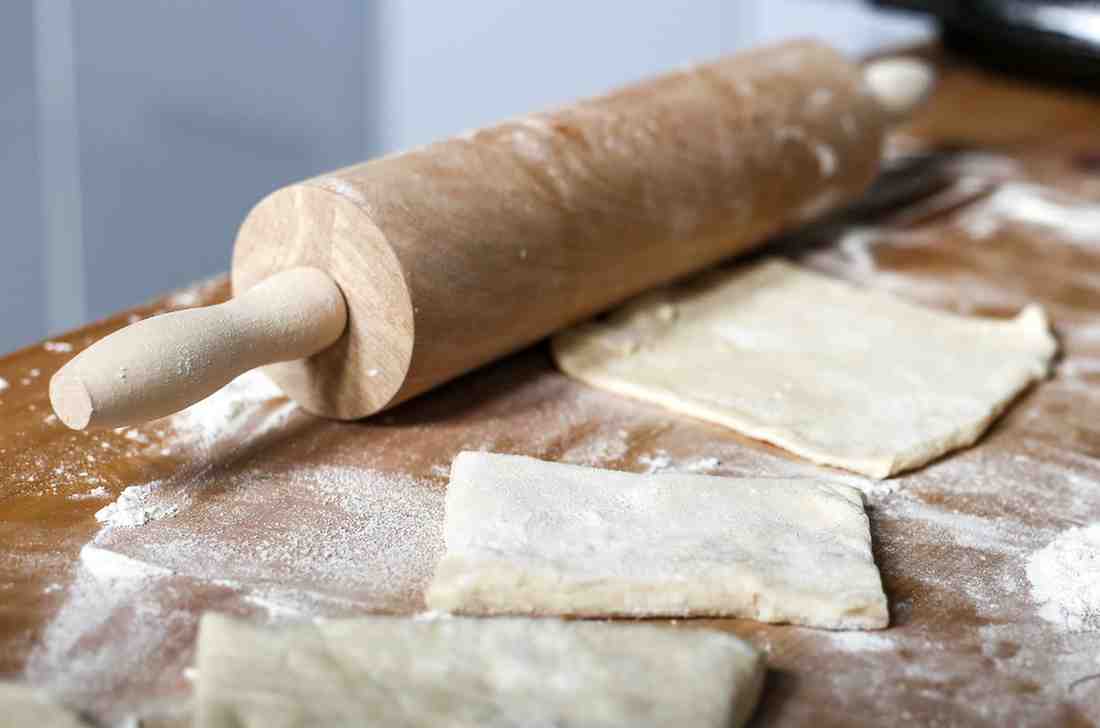Baking is both an art and a science, and the foundation of great dough and pastry begins with understanding the essential techniques, ingredients, and tools that create perfect results. This section explores the key concepts that elevate your baking from ordinary to extraordinary.
Understanding the Basics of Dough and Pastry Making
Dough and pastries form the basis of countless baked goods, from simple bread loaves to intricate desserts. Achieving the perfect dough requires a balance of structure, flavor, and texture, while pastries demand precision to create their signature flaky or tender layers.
What Makes Dough and Pastry Unique?
- Dough: Defined by its elasticity and strength, dough relies on gluten development for structure. Hydration levels and mixing techniques influence the texture, whether for chewy bread or soft rolls.
- Pastry: Known for its delicate and tender texture, pastry is made by carefully incorporating fat to minimize gluten development, resulting in a flaky, melt-in-your-mouth finish.
Tip: While dough is often kneaded to develop gluten, pastries require minimal handling to preserve tenderness.
Types of Dough and Pastry
Enriched Dough
- Enriched dough contains added fats, sugar, and dairy for a soft, rich texture.
- Characteristics: Soft, tender, and flavorful with a golden crust.
Lean Dough
- Lean dough is made with minimal fat and sugar, producing a chewy and crisp result.
- Characteristics: Firm crust and open crumb structure, ideal for hearty bread.
Short Dough
- Short dough is primarily used for pastries and desserts. It incorporates fat to create a crumbly texture.
- Examples: Pie crusts, tart shells, shortbread.
- Characteristics: Buttery, tender, and ideal for holding fillings.
Pro Tip: Understanding the type of dough required for your recipe ensures you achieve the right balance of flavor, texture, and structure.

Essential Ingredients and Their Functions
A successful dough or pastry relies on a few key ingredients working in harmony. Knowing their roles will help you create consistent results and troubleshoot issues.
1. Flour
- The backbone of dough and pastry, providing structure.
- Different types of flour affect the texture:
- Bread Flour: High protein content for strong gluten networks in bread.
- All-Purpose Flour: Versatile for most baked goods.
- Pastry Flour: Low protein content for tender pastries.
Tip: Sift flour to ensure even mixing and a lighter texture.
2. Fats
- Fat contributes richness, flavor, and texture. Common options include:
- Butter: Essential for pastries, creating flaky layers.
- Shortening: Adds stability for pie crusts.
- Oil: Provides moisture in quick breads and cakes.
Pro Tip: Always use cold fat for pastries to ensure distinct layers.
3. Liquids
- Hydrate the dough and activate gluten development. Options include:
- Water: Creates structure and supports gluten development.
- Milk: Adds tenderness and enhances browning.
- Eggs: Provide richness, structure, and leavening.
4. Leavening Agents
- Create airiness and rise in dough and pastries.
- Yeast: Ferments sugars to produce gas for leavened dough.
- Baking Powder/Soda: Provide chemical leavening for quick breads and pastries.
Tip: Ensure yeast and leavening agents are fresh for consistent results.
Tools You Need for Success
Investing in quality tools not only makes baking easier but also helps achieve professional-quality results.
Must-Have Tools
- Rolling Pin: A versatile tool for rolling out dough evenly.
- Bench Scraper: Ideal for dividing dough and cleaning work surfaces.
- Mixing Bowls: Non-reactive and durable for mixing, proofing, and holding dough.
Specialized Tools
- Baking Mats and Parchment Paper: Prevent sticking and ensure even baking.
- Pastry Brushes: Useful for applying egg washes or glazes.
- Kitchen Scale: Ensures precision when measuring ingredients.
Tip: High-quality tools make the process smoother and improve the final results.
Preparing Your Dough for Success
Proper preparation sets the stage for exceptional baking results. Careful handling and attention to detail during mixing and resting can make all the difference.
Mixing the Dough
- Measure ingredients accurately to ensure the proper balance.
- Use the correct technique: knead dough for breads, but handle pastry dough minimally.
- Gradually add liquids to control hydration levels.
Pro Tip: Cold ingredients help maintain the desired texture in pastry dough.
Resting the Dough
- Allow dough to rest after mixing to relax the gluten.
- For pastry dough, chilling is essential to keep the fat solid and prevent stickiness.

Troubleshooting Common Issues
Even experienced bakers encounter challenges. Here’s how to fix common problems:
Sticky Dough
- Cause: Overhydration or warm ingredients.
- Solution: Add small amounts of flour and chill the dough.
Dry or Crumbly Dough
- Cause: Insufficient liquid or overmixing.
- Solution: Add a teaspoon of liquid at a time and knead gently.
Uneven Texture
- Cause: Poorly incorporated ingredients.
- Solution: Mix thoroughly but avoid overworking the dough.
Advanced Techniques to Elevate Your Dough and Pastries
Building on the foundations of dough and pastry-making, this section explores advanced techniques to refine your skills. From perfecting laminations to troubleshooting baking challenges, these tips will help you create bakery-quality results at home.
Proofing and Fermentation: Unlocking Dough’s Potential
Proper proofing and fermentation are critical steps for developing flavor and texture in yeasted doughs.
Controlling Proofing Time
- Warm Proofing: Speeds up the process, ideal for quick bread recipes.
- Cold Proofing: Slows fermentation, enhancing flavor complexity.
Pro Tip: Use a proofing box or warm oven with the light on for consistent results.
Signs of Proper Proofing
- Dough should double in size.
- When poked, the dough should spring back slowly.
Common Mistakes to Avoid:
- Over-proofing causes dough to collapse.
- Under-proofing results in dense, poorly risen bread.
Lamination: Creating Perfect Pastry Layers
Lamination is the technique of folding fat into dough to create flaky, buttery layers. Mastering this process is essential for puff pastries, croissants, and Danish pastries.
The Laminating Process
- Encasing the Butter: Roll out the dough and encase the butter block, sealing the edges completely.
- Rolling and Folding: Roll dough into a rectangle, then fold it into thirds. This is one “turn.” Repeat 4–6 times, chilling between each turn.
- Chilling Between Turns: Keeps the butter solid and prevents it from melting into the dough.
Pro Tip: Work quickly in a cool environment to maintain the integrity of the layers.
Troubleshooting Lamination
- Butter Leaking: The dough is too warm; refrigerate before continuing.
- Uneven Layers: Roll evenly and avoid pressing too hard during folding.
Blind Baking and Docking for Pastry Crusts
Blind baking ensures pie crusts are fully cooked and crisp before adding fillings. Docking helps prevent puffing during baking.
Blind Baking Steps
- Roll out the dough and place it in the pie dish.
- Prick the bottom with a fork (docking) to allow steam to escape.
- Line with parchment paper and fill with pie weights or dried beans.
- Bake at 375°F (190°C) for 15–20 minutes.
Pro Tip: Remove weights and parchment for the last 5 minutes to brown the crust.
Creative Techniques to Elevate Pastries
Beyond mastering the basics, these creative touches can transform your baked goods into show-stopping creations.
Flavor Infusion
- In Dough: Add herbs, citrus zest, or spices directly into the dough.
- In Butter: Infuse butter with flavors like vanilla, cinnamon, or garlic for savory pastries.
Decorative Touches
- Scoring Patterns: Slash designs into bread or pastry for visual appeal.
- Braiding and Crimping: Use intricate patterns to enhance the presentation of breads and pie crusts.
Pro Tip: Experiment with edible garnishes like nuts, seeds, or sugar crystals for added texture and flavor.
Baking at High Altitudes
Baking at high altitudes can pose challenges due to lower air pressure and humidity.
Adjustments for High-Altitude Baking
- Reduce Leavening Agents: Use less baking powder or yeast to prevent over-expansion.
- Increase Liquids: Add extra water or milk to compensate for quicker evaporation.
- Raise Oven Temperature: Bake at 15–25°F (10–15°C) higher to set the structure quickly.
Plating and Presentation Tips
Beautiful presentation can elevate even the simplest pastries.
Pairing Pastries with Contrasting Elements
- Combine flaky pastries with creamy or crunchy toppings.
- Add sauces like chocolate drizzle or fruit compote for depth.
Using Color and Texture
- Dust with powdered sugar or cocoa powder for elegance.
- Use edible flowers or gold leaf for a luxurious touch.
Troubleshooting Common Issues
Baking mishaps are inevitable, but they can be fixed with a few adjustments.
Soggy Bottoms on Pastry
- Cause: Filling was too wet or crust was underbaked.
- Solution: Pre-bake crusts and allow fillings to cool before adding.
Dense Bread or Pastries
- Cause: Under-proofing or expired leavening agents.
- Solution: Check proofing environment and use fresh ingredients.
Uneven Baking
- Cause: Uneven oven heat or improper placement of trays.
- Solution: Rotate trays halfway through baking and invest in an oven thermometer.
Frequently Asked Questions
How Can I Store Dough or Pastry?
Wrap dough tightly in plastic wrap and refrigerate for 1–3 days or freeze for up to 3 months. Thaw in the refrigerator before use.
Why Are My Pastries Tough?
Overworking the dough or using too much flour can make pastries tough. Handle the dough gently and use minimal flour during rolling.
How Do I Fix Over-Proofed Dough?
Punch it down, reshape it, and allow a shorter second proof before baking.
Can I Substitute Butter in Pastries?
Yes, but the results may vary. Margarine or shortening can be used, but they lack the flavor and flakiness of butter.
What’s the Best Way to Achieve a Golden Crust?
Brush pastries with an egg wash before baking for a glossy, golden finish.

